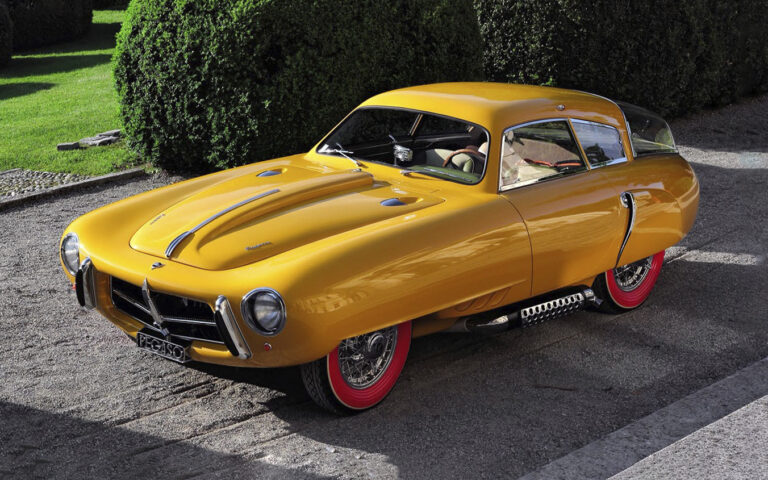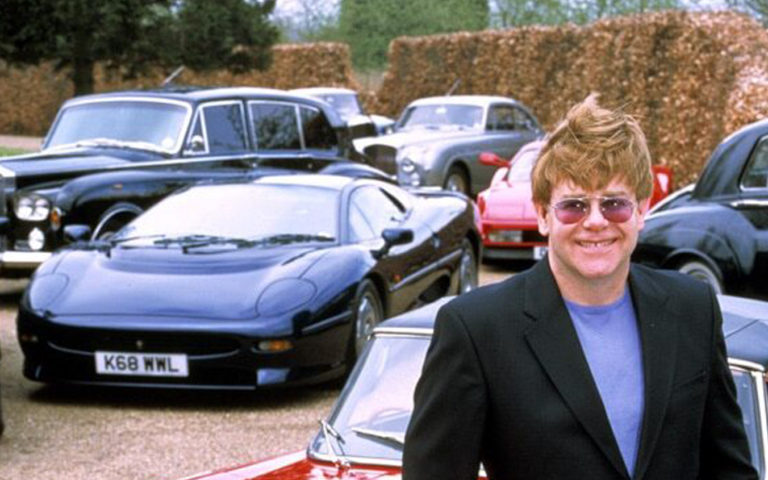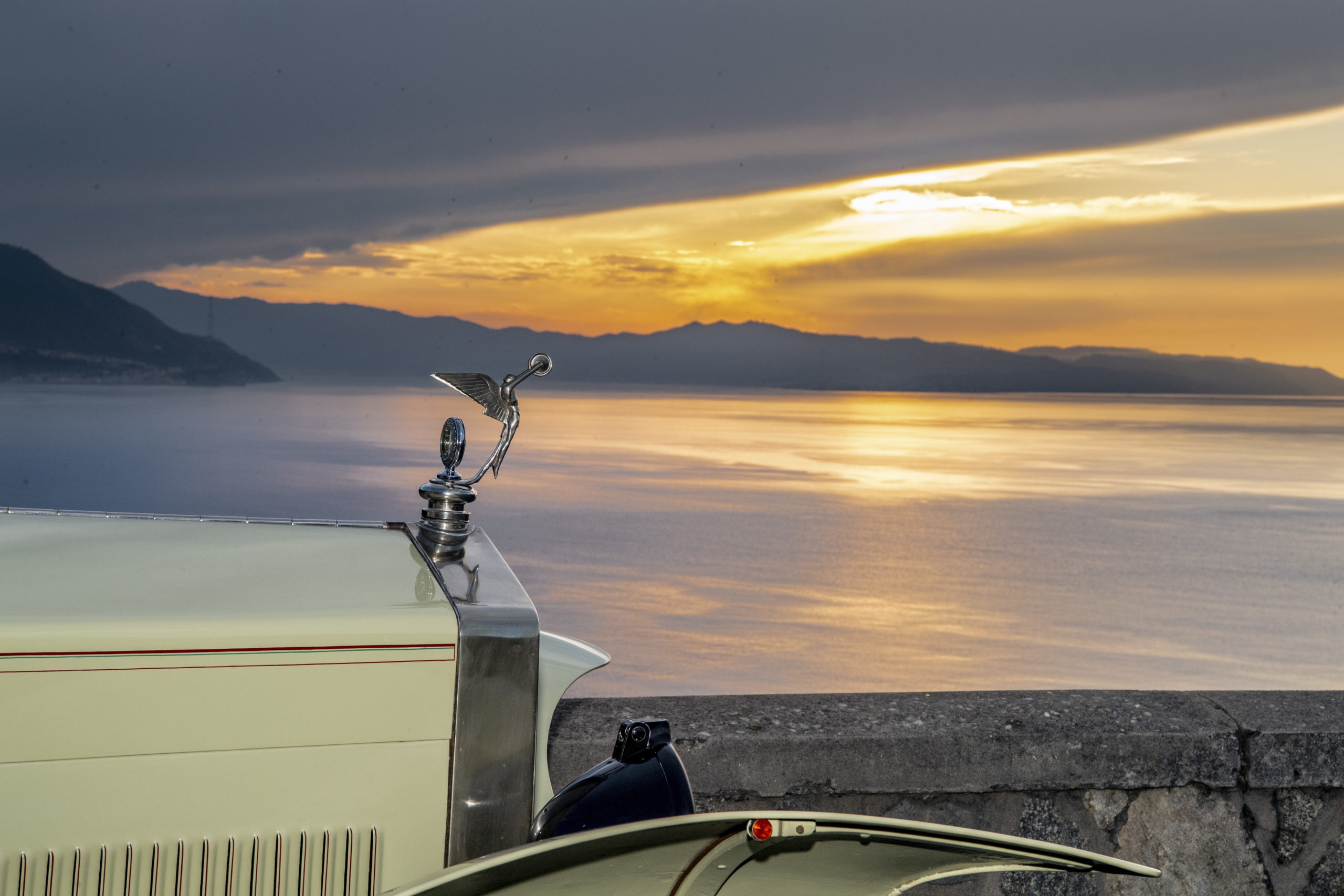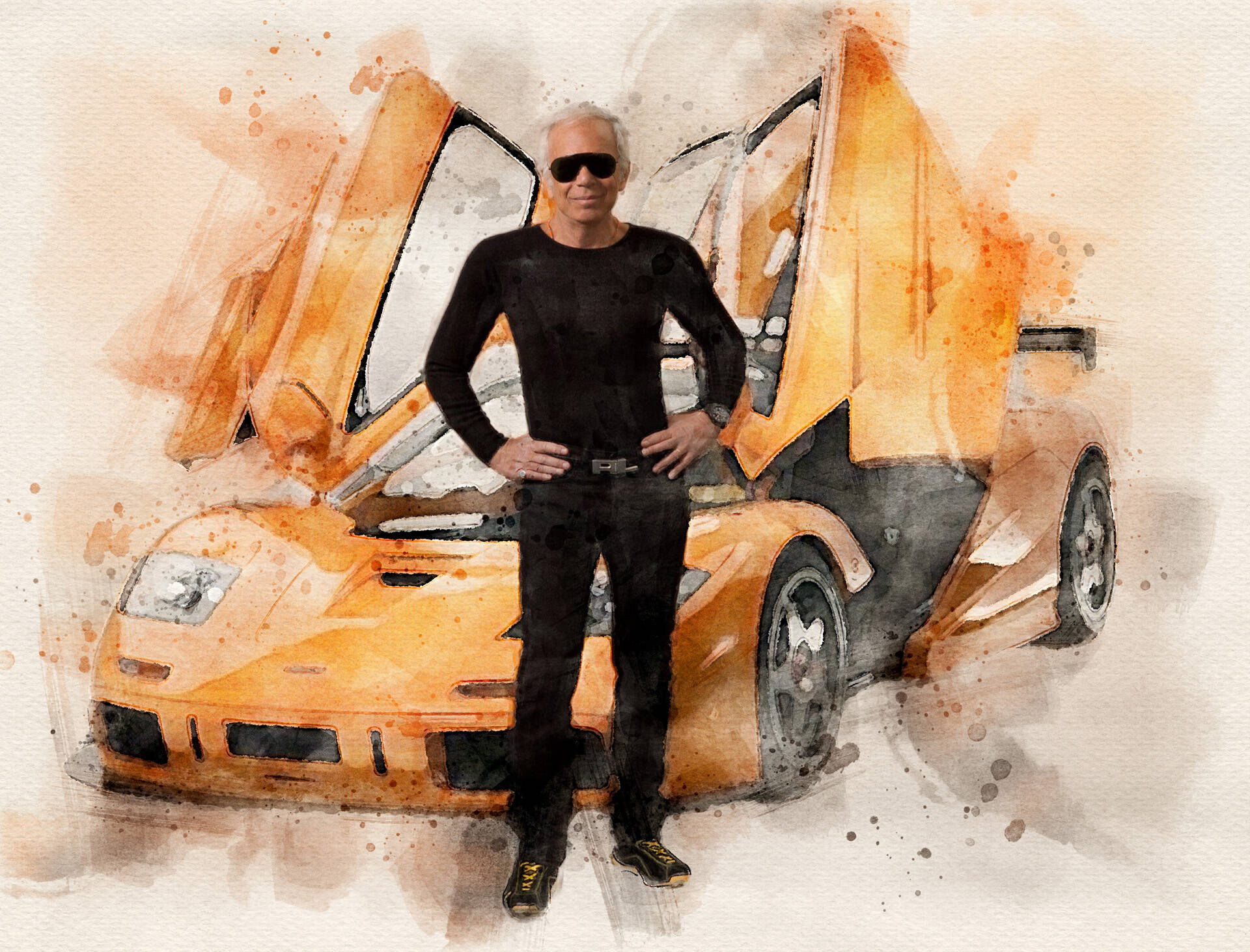Pegaso. The Rarest Brands in the Top 100 Collections
11 February 2023 2 min read 8 images

There might be few of them, but the Pegaso cars that are part of the world’s Top 100 Collections are nevertheless significant. Created to bring prestige to the Francisco Franco regime in Spain and promising interesting mechanics and original designs, the brand never reached the expected levels of success and produced just 86 cars.

Register to unlock this article
Signing up is free and gives you access to hundreds of articles and additional benefits. See what’s included in your free membership. See what's included in your free membership.
Already have an account? Log In


